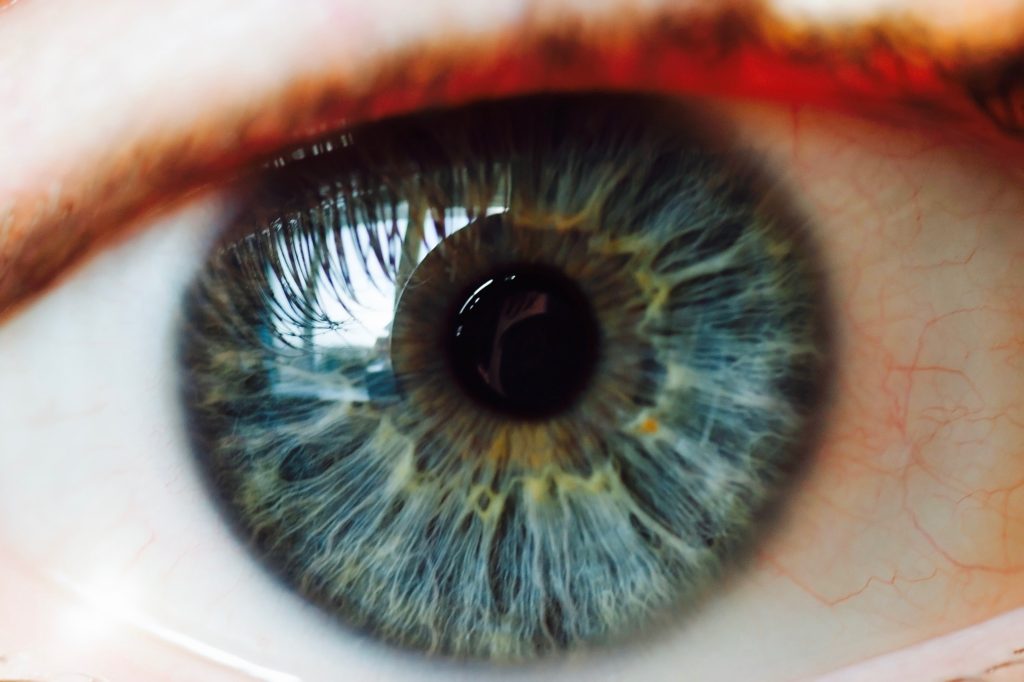
[I]n every organisation and on almost any given day, there will be someone acting in such a way as to disrupt the steady progress towards the accomplishment of the organisation’s goals. The behaviour of the person taking these actions in turn gets labelled as ‘dysfunctional’ in some way.
There are a number of conditions at play here:
- This behaviour can be intentional or unintentional.
- The “guilty” party(ies) can be aware of the effects of their behaviour on the organization, or completely unaware.
- The actions taken can be within the rules or organisational culture or can extend to being illegal or immoral.
- The outcome of such behaviour can be a massive disruption to the organisation’s work flow or merely a minor irritation to their fellow workers.
Whatever the conditions, there is one inevitable characteristic to that dysfunctional behaviour:
The behaviour which is dysfunctional to the organisation or the wider team can actually be functional to the individual or team being labelled as dysfunctional.
That is to say that dysfunctional behaviour almost never occurs involuntarily or on a whim, but is invariably driven by the individual or team’s need(s) to achieve some personal goal that, to them, outweighs the organisation’s goals.
Often the dysfunctional individuals/teams see the situation as being in equilibrium! That is, since their personal goal is being satisfied, they can believe that the organisation is as approving of their behaviour as they are.
Dysfunctional behaviour seems functional to the individuals, since they see it as perfectly rational to try to satisfy their needs;
However, when alternative ways of satisfying that need are introduced, the need atrophies and finally disappears, creating a “win” for the individuals, whose need continues to be satisfied, and a “win” for the organisation, which no longer has to experience the dysfunctional behaviour.
Using dialogue as a means of exploring this paradigm is one way of surfacing, exploring, naming and then co-generating new behaviours that will meet the organisational or wider teams needs whilst at the same time addressing individual needs. After all, both are important!
